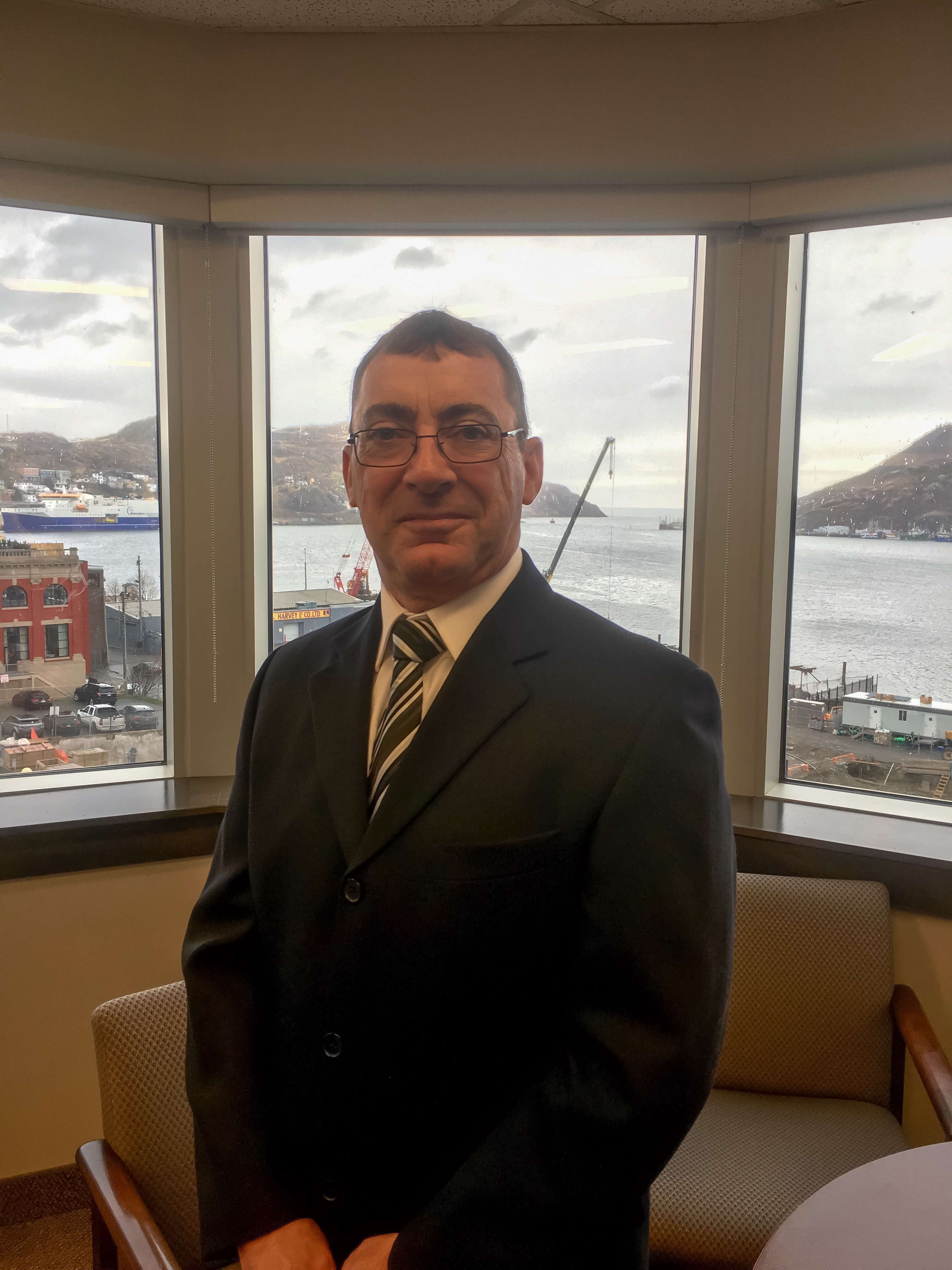News
Blog 2016
Some Observations on the Industry’s Recent Offshore Safety Performance
Paul Alexander, Chief Safety Officer

There are several important reasons why offshore operators and C-NLOPB staff review incidents on installations operating in our offshore, not the least of which are to learn from the incident, improve the barriers in place and continually improve safety. The C-NLOPB also monitors trends in incidents and incident rates. At our Fall Safety Forum, we reported on industry performance, with the following highlights and observations.
Overall, there has been an increase in the number of incident reports, which at least in part results from an increase in offshore activity despite the global downturn. This past year has featured three producing installations, three drilling installations, two diving vessels, three construction vessels, seven geophysical vessels and the associated helicopters and support vessels. While it may seem counter-intuitive to some, an increase in the reporting of incidents usually results in a decrease in the number of incidents with high potential for harm.
Incidents involving dropped objects have been an area of focus for the C-NLOPB and for operators. In 2015, there were 20 such incidents, some more serious than others. The number has decreased to eight so far in 2016.
The number of incidents involving fire, smoke and heat damage is trending downward. In 2015 there were 15 incidents reported. This year, six incidents were reported. Of course, any fire on an offshore installation is serious, so the goal is to reduce the number to zero.
The rate of reportable injuries, which includes all lost time, restricted work, and major injuries, as well as occupational illnesses, has not differed significantly from 2015 to 2016 so far. Three significant injuries have been recorded to date.
Some other statistics from the current calendar year include 11 medevacs, mostly for non-occupational illnesses, and 39 incidents involving damage or impairments to safety or environmentally critical equipment.
In summary, there is good news to note and some not so good news, which highlights areas where improvements are possible. However, safety is a process of continual improvement. It’s important to learn from our mistakes and the mistakes of others so that incidents are not repeated and accidents are avoided.
Blog 2016
| Date | Update |
|---|---|
| Dec 20, 2016 | C-NLOPB Gives Back |
| Dec 16, 2016 | 2016 Field Season: Geoscientific Data Acquisition Highlights |
| Nov 22, 2016 | Some Observations on the Industry’s Recent Offshore Safety Performance |
| Aug 10, 2016 | Enhanced Oversight of Well Drilling Programs |
| Jul 27, 2016 | Update on C-NLOPB Activities – Summer 2016 |
| May 19, 2016 | Reflections on 35 Years of Regulatory Experience |
| Apr 4, 2016 | Board Releases First Strategic Plan 2016-2021 |
